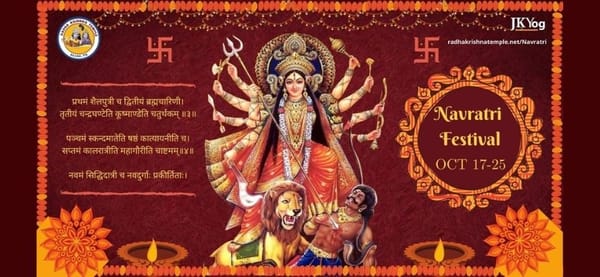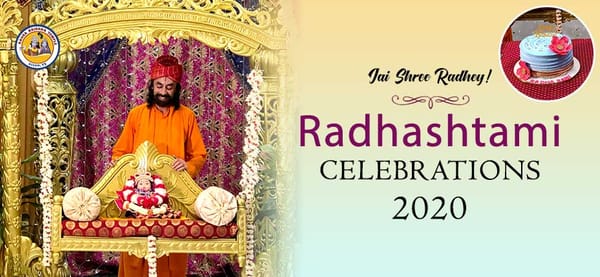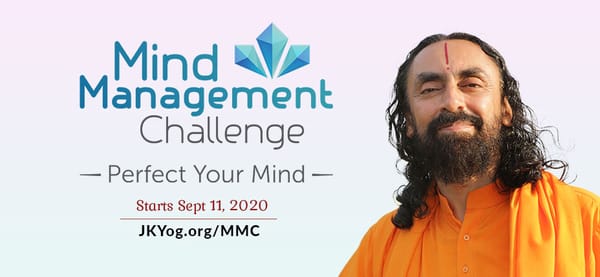Jagadguru Shankaracharya and Bhakti
Continuing on the series of Gyan and Bhakti, let us see what the great saints of ancient India had to say about Bhakti and Gyan. Nitya Siddha Mahapurushas, or Eternally liberated Saints descend upon this earth, they preach according to Desh, Kaal and Patra (time, place and circumstance). The teacher may be D.Litt. but if he is teaching Grade One students, he will explain simple Mathematics: five minus three is equal to two. It does not mean that the teacher only knows that much; it means that the students can only understand so much. Even before Shankaracharya, came Gautam Buddha. He was an Avatar of Lord Vishnu, and hence He is respected and worshipped by Hindus. But He did not accept the authority of the Vedas. This was because at that time people were misinterpreting the Vedas; they were doing animal sacrifices and justifying them by distorting the meaning of the Vedas. They were exceedingly inclined to rituals and neglecting the cleansing of the heart. So the Buddha thought that if he tried to convince them on the basis of the Vedas, they would insist that their own interpretation was right. So he decided to move the people away from the Vedas. He also focused on getting people detached from the world. When Shankaracharya came on this earth, a few hundred years after the Buddha, Buddhism had spread all over Bharatvarsh (India). In accordance with its philosophy, people believed in voidism, or the non-existence of the soul and God. In that atheistic environment, it was not possible to preach the glories of devotion to Shree Ram and Shree Krishna. So Shankaracharya accomplished the task of bringing the people back to the Vedas. To do this, he emphasized the formless, attributeless, all-pervading Brahman. However, he was a great devotee of the personal form of God himself, and wrote hundreds of verses in praise of the various Gods. The following conversation is from Shankaracharya’s Prashnavali. One of his disciples asked: मुमुक्षुणा किं त्वरितं विधेयम् ? "What should that soul who earnestly desires salvation do?” Shankaracharya replied: सत्संगतिर निर्मम तेष भक्तिहिः । “He should break the bonds of material attachment and engage in devotion to God.” Again, his disciple asked him: किं कर्म कृत्वा नहि शोचनियम ? “What is that work which does not lead to repentence later.” Shankaracharya immediately replied: कामारि कंसारि समर्चनाख्यम् । “Only one who engages in devotion to Shree Krishna has no regrets later.”
In fact, Shankaracharya, the unrivalled propagater of Advait vad, advised his mother to practice Bhakti, and blessed her with a vision of Shree Krishna. Now, listen to his next proclamation:
काम्योपासनयान्तयर्थनुदिनं किंचित्फलं स्वेप्सितं ।
केचित् स्वर्गमथापवर्ग मपरे योगादियज्ञादिभिः ।।
अस्माकं यदुनन्दनांघ्रियगलध्यानावधानार्थिनाम् ।
किं लोकेन दमेन किं नृपतिनां स्वर्गापवर्गैश्च किंम् ।।
“Those who perform the ritualistic activities described in the Vedas for the attainment of the heavenly planets, and those who engage in the sadhanas of Gyan and Yog for the attainment of impersonal liberation, are both unintelligent. They may do as they wish, but I desire neither heaven nor liberation. I only wish to drink the nectar emanating from the lotus feet of the Supremely Blissful form of Shree Krishna. I am a Rasik who is anxious for the Bliss of Divine Love.”







